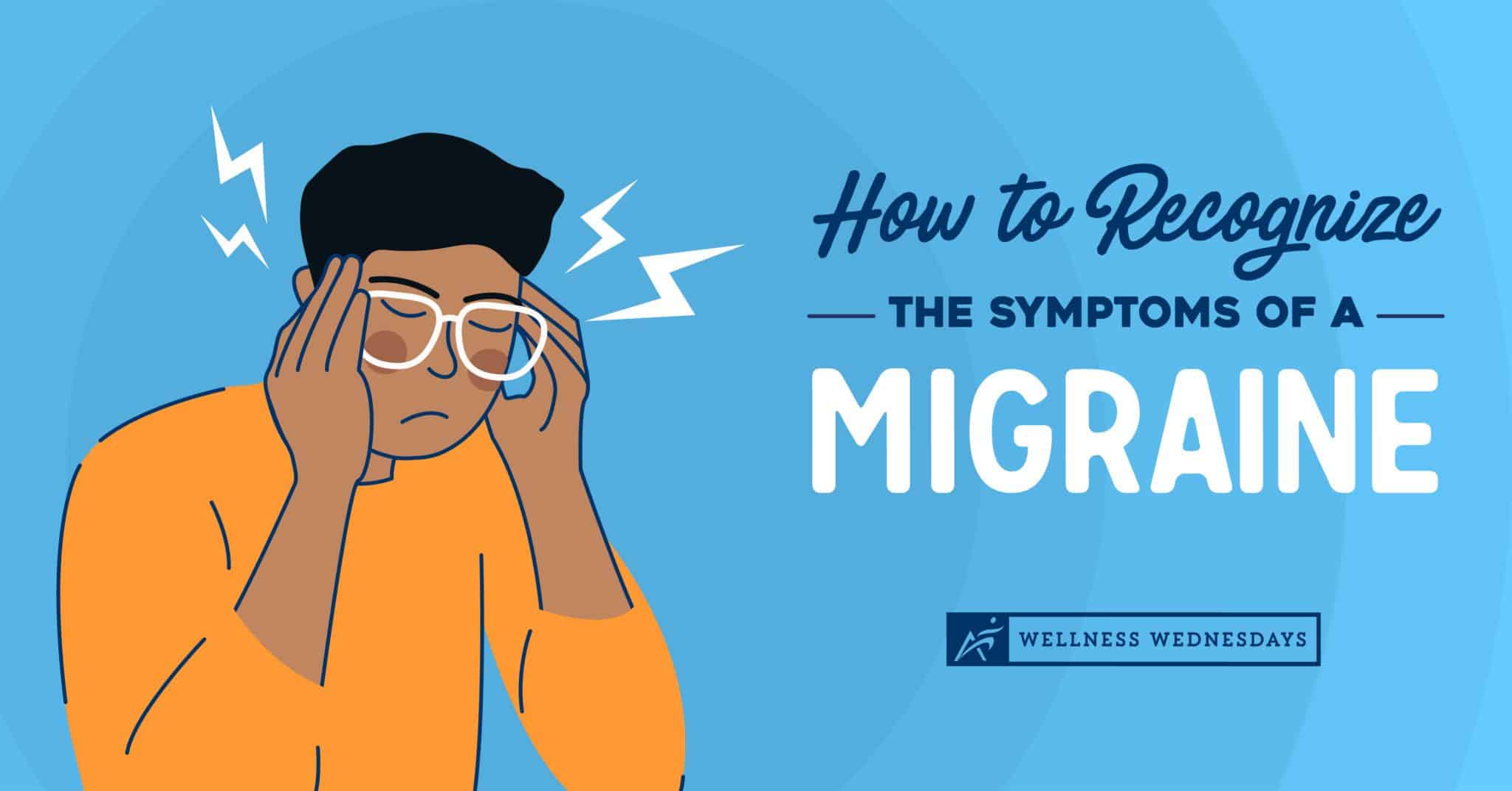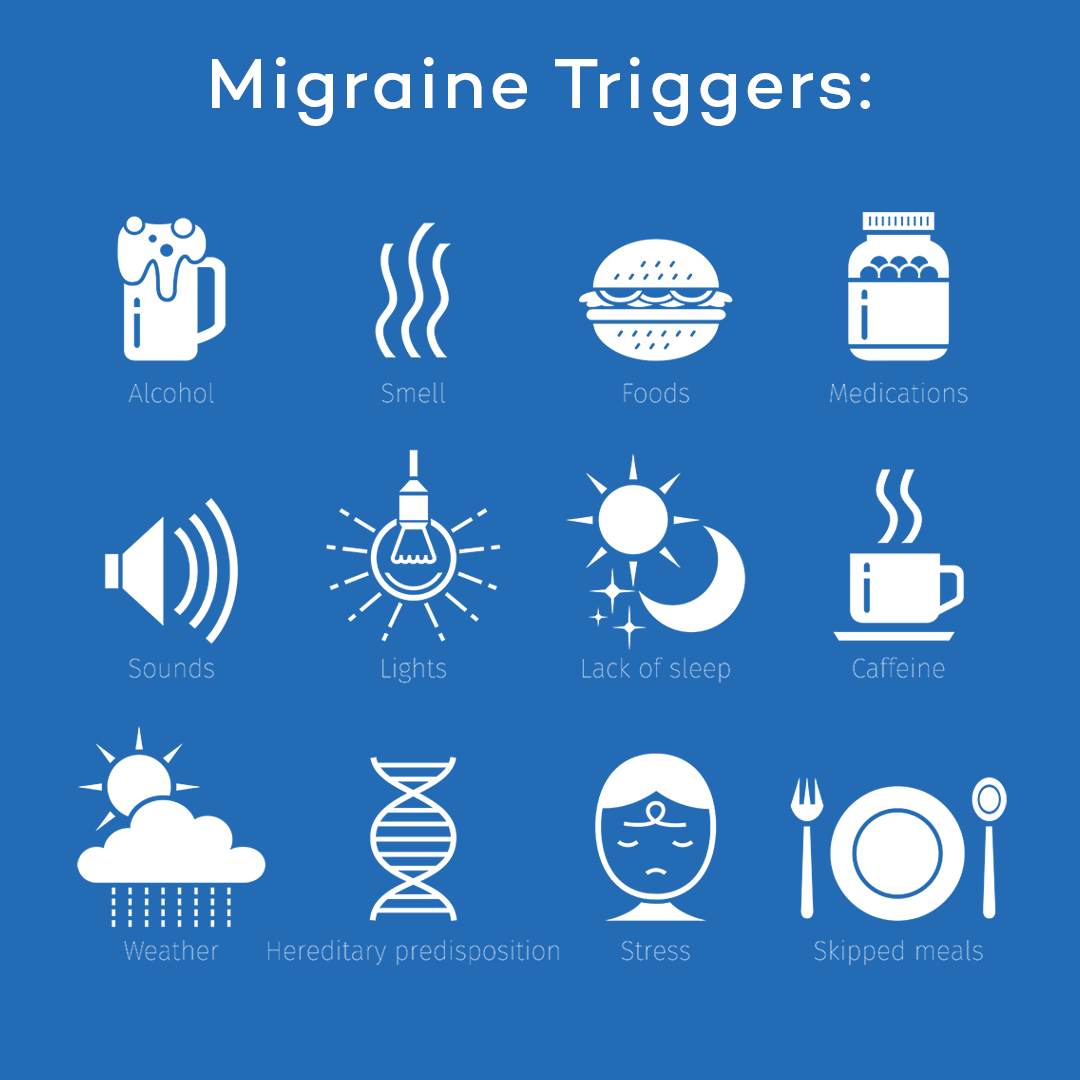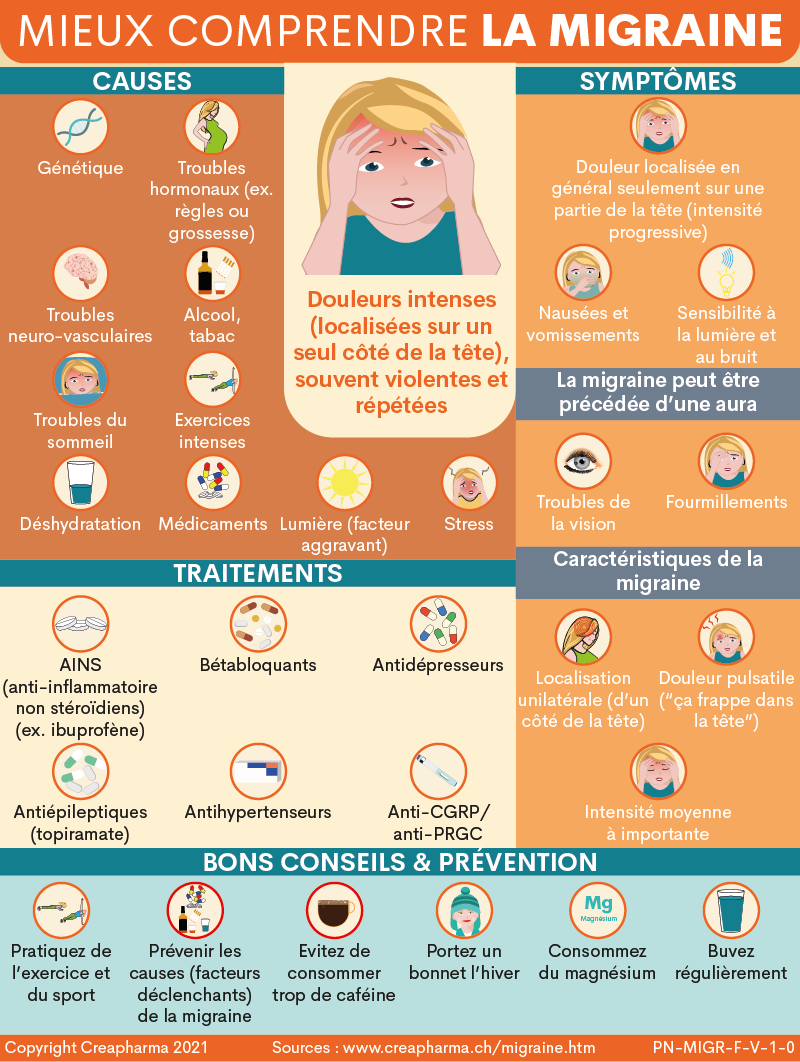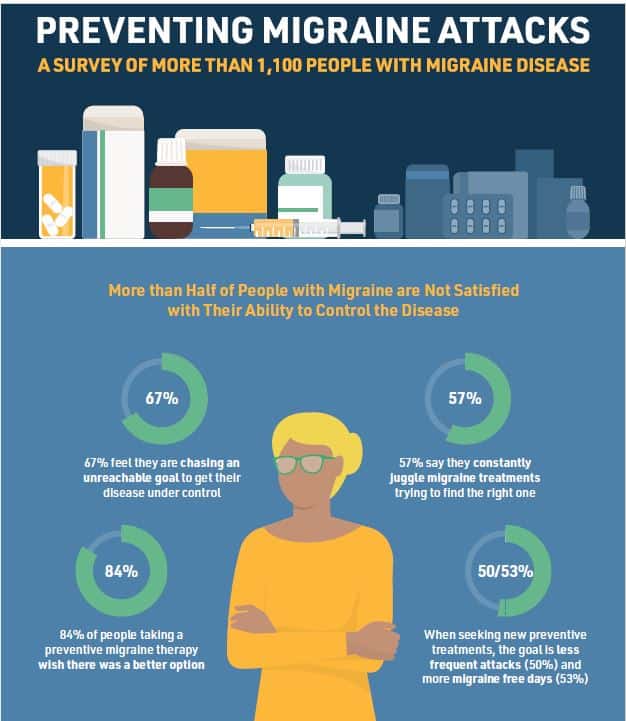National Headache Foundation Survey Shows Majority of People with
4.8 (561) · € 27.99 · En Stock
The National Headache Foundation today announced findings from a new survey, Preventing Migraine Attacks: A Current Perspective, which characterizes the experiences of people living with migraine and highlights the physical and emotional barriers to preventive treatment. The survey found half (50%) of people with migraine are extremely dissatisfied with their current…

The Prevalence, Impact, and Treatment of Migraine and Severe Headaches in the United States: A Review of Statistics From National Surveillance Studies - Smitherman - 2013 - Headache: The Journal of Head
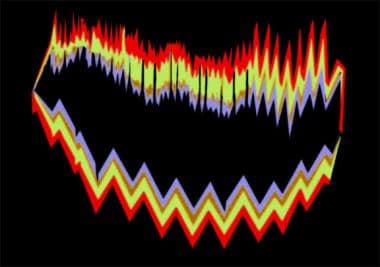
Migraine Headache: Practice Essentials, Background, Pathophysiology
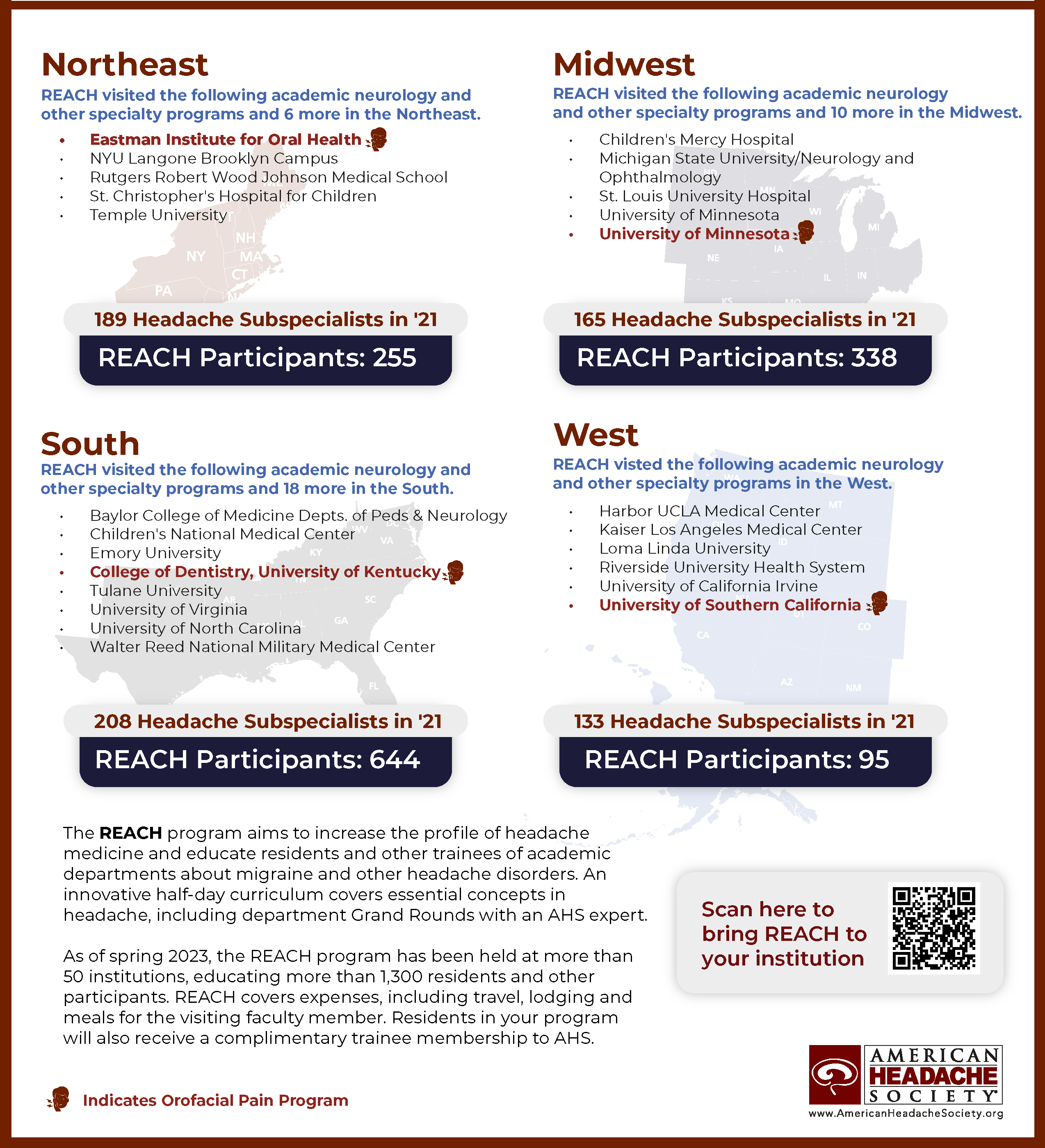
REACH Program The American Headache Society

COVID Headache: What Is It, Symptoms, Treatment, and More

Majority of Migraine Sufferers Report Experiencing More Frequent and Severe Migraines During Pandemic

59th Annual Scientific Meeting American Headache Society® June 8 ‐ 11, 2017 Westin Boston Waterfront Boston, MA - 2017 - Headache: The Journal of Head and Face Pain - Wiley Online Library

The IBS and Migraine Relationship

American Headache Society 64th Annual Scientific Meeting June 9–12, 2022 Denver, Colorado - 2022 - Headache: The Journal of Head and Face Pain - Wiley Online Library

American Headache Society 64th Annual Scientific Meeting June 9–12, 2022 Denver, Colorado - 2022 - Headache: The Journal of Head and Face Pain - Wiley Online Library

Global, regional, and national burden of low back pain, 1990–2020, its attributable risk factors, and projections to 2050: a systematic analysis of the Global Burden of Disease Study 2021 - The Lancet Rheumatology

Headaches: Pathology review: Video & Anatomy

Global, regional, and national burden of migraine and tension-type headache, 1990–2016: a systematic analysis for the Global Burden of Disease Study 2016 - The Lancet Neurology

National Headache Foundation Survey Shows Majority of People with Migraine are Unable to Control Disease and Dissatisfied with Current Preventive Treatment Options






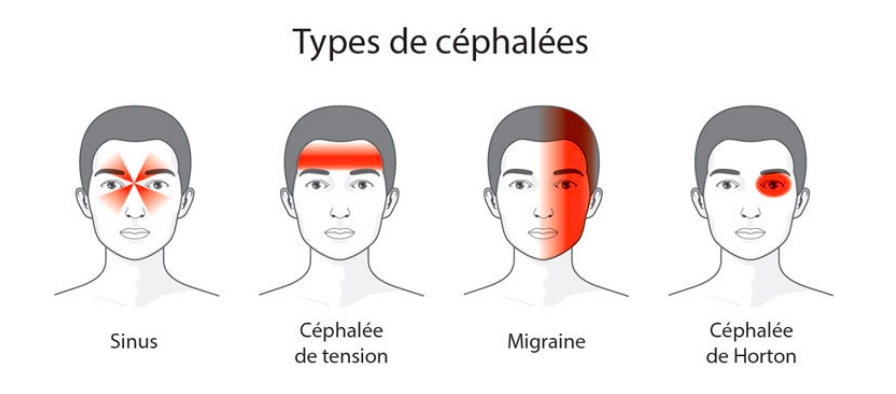
:max_bytes(150000):strip_icc()/VWH_Illustration_Types-of-Migraines_Illustrator_Ellen-Lindner_Final-8186828b212c45218a84769de2f1acce.jpg)
